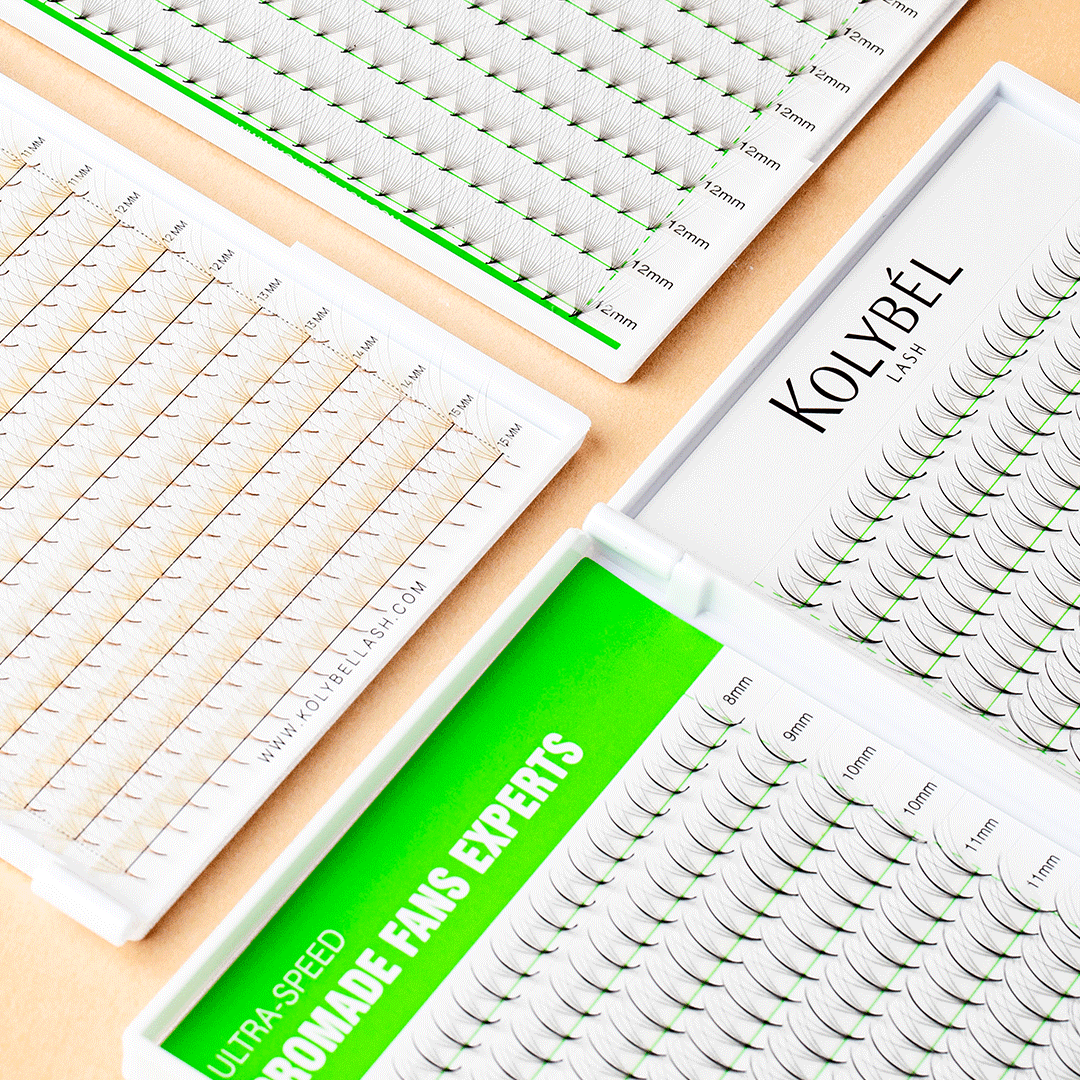C Curl VS D Curl: Finding the Perfect Lash Curl for Every Eye
1. The Curl Spectrum Explained
Lash curls exist on a spectrum from barely-there to dramatically curled. The J curl sits at the straightest end, while curls progress through B, C, D, and L curls. This range allows artists to customize looks based on a client's natural lashes and desired effect. Understanding where C and D curls fall in this spectrum is the first step to mastering lash design.
2. C Curl: The Natural Enhancer
The C curl offers a sweet spot between natural and enhanced. Its moderate curvature creates noticeable definition without looking artificial. This curl works particularly well for clients with slightly upturned natural lashes, providing enough lift for most eye shapes while blending seamlessly with natural lash lines. Many artists consider C curl the perfect starting point for first-time lash clients.
3. When C Curl Works Best
Reach for C curl when clients want office-appropriate enhancement or a "no-makeup" makeup look. It's ideal for creating gentle eye-opening effects that complement rather than overwhelm natural features. The C curl's versatility makes it excellent for clients who need low-maintenance retention or those with active lifestyles who still want polished, professional enhancement.

4. D Curl: The Drama Creator
D curl takes lash enhancement up several notches with its pronounced upward sweep. This stronger curl can compensate for straight lashes that resist holding shape, creating an eye-widening effect that delivers glamorous, made-up appearance. The dramatic lift makes it particularly valuable for certain eye shapes needing extra visibility.
5. Ideal Candidates for D Curl
D curl transforms hooded eyelids by providing the visible lift they often lack. It's equally effective for downturned eye shapes needing counterbalance. Clients desiring bold, dramatic looks for special occasions or everyday glam find D curl delivers the intensity they want. Perhaps most importantly, D curl offers a solution for straight natural lashes that struggle with retention in other curl types.
6. Comparing C and D Curls
When evaluating C versus D curls, several key differences emerge. The C curl's moderate angle provides gentle lift that enhances natural beauty, while the D curl's sharper angle creates immediate eye-opening drama. Retention differs too - C curls work beautifully with naturally curled lashes, while D curls excel at gripping straight lashes. Application-wise, C curls prove more beginner-friendly, whereas D curls demand greater precision. Visually, C curls offer subtle enhancement, while D curls make bold statements.
7. Mixing Curls Like a Pro
Advanced artists often blend curls to create natural-looking volume that addresses different lash growth patterns. This technique allows customized eye shapes by transitioning from subtle to dramatic across the lash line. Many artists use C curls for inner corners and transition to D curls toward the outer eye, creating a beautiful gradient effect. Curl mixing also solves retention challenges when dealing with varied natural lash directions.

8. Curl Selection Checklist
Choosing the perfect curl involves considering multiple factors: the client's natural lash direction, desired drama level, eye shape and lid visibility, daily makeup routine, and any previous lash experiences. Artists should also assess how much maintenance the client will realistically perform, as stronger curls sometimes require more upkeep.
9. Application Insights
For best results, match curl to natural lash growth when possible. Use C curls for inner corners where dramatic curls might appear unnatural, and reserve D curls for center and outer eye where maximum impact is desired. Consider adjusting adhesive amount based on curl strength - stronger curls may benefit from slightly more adhesive for secure bonding.
10. Beyond the Basics
The curl conversation continues with specialty options like L/L+ curls for extreme cases needing maximum lift. Custom curl combinations allow for truly personalized results, while understanding how length affects curl appearance helps create balanced designs. Seasonal considerations also come into play - some artists find clients prefer slightly different curls in summer versus winter.
What's your go-to curl strategy? Share your experiences below!





